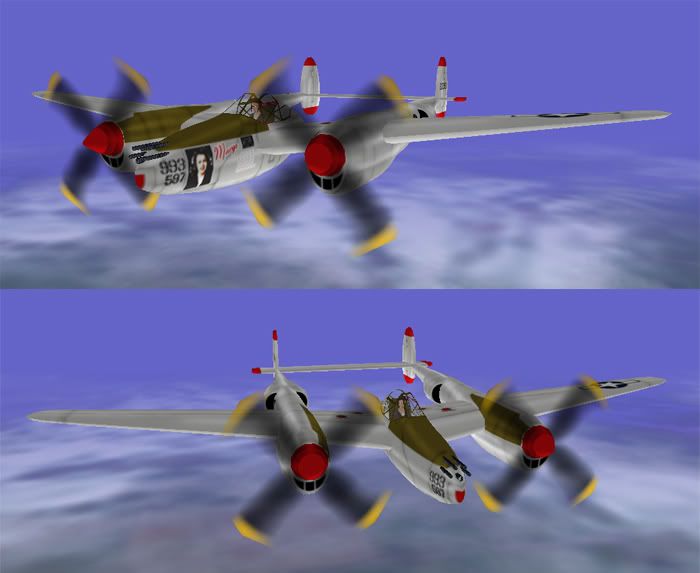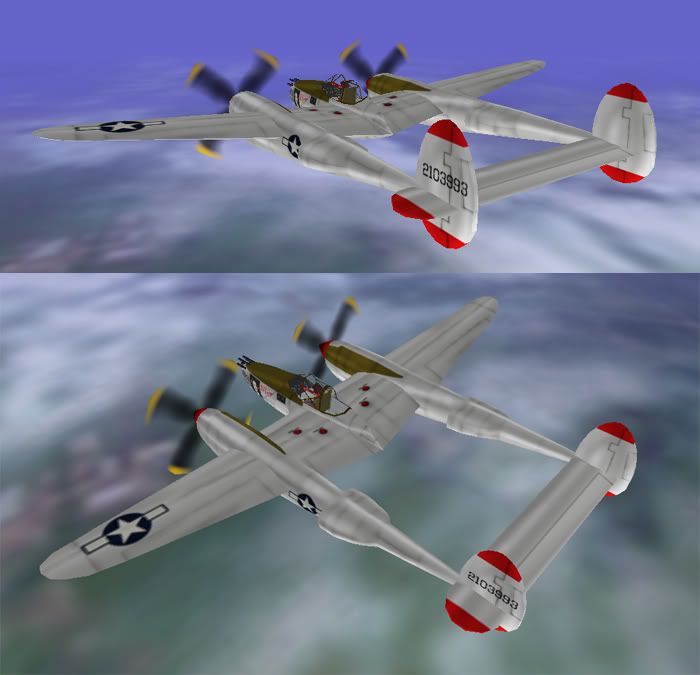In March 1943, he returned to the 49th FG, at Schwimmer Field near Port Moresby. On July 26, 1943, Bong shot down four Japanese fighters over Lae and was consequently awarded the Distinguished Service Cross. On leave in November/December 1943 Bong met Marge Vattendahl at a Superior State Teachers' College Homecoming event and began dating her. On returning to the Pacific in January 1944 he named his P-38 "Marge" and adorned the nose with her photo. By April 1944, Captain Bong had shot down 27 aircraft, surpassing Eddie Rickenbacker's American record of 26 credited victories in World War I.
After extended leave in the U.S. (May 1944), Major Bong returned to New Guinea in September. Though assigned to V Fighter Command staff and not required to fly combat missions, Bong continued flying from Tacloban, Leyte, during the Philippines campaign, increasing his official total to 40 victories by December. Upon General Kenney's recommendation, Bong received the Medal of Honor from General Douglas MacArthur in December 1944. Bong's Medal of Honor citation stated that he flew combat missions despite his status as an "instructor", one of his roles as standardization officer for V Fighter Command. His rank of major would have qualified him for a squadron command, but he always flew as a flight (four-plane) or element (two-plane) leader.
In January 1945, the Allied air commander in the South West Pacific Area, Kenney sent the ace of aces home for good. Bong married Marge and participated in numerous PR activities, such as promoting the sale of war bonds. He was then assigned as a test pilot for the new P-80A Shooting Star jet fighters at the Lockheed Air Terminal, on August 6, 1945, the primary fuel pump sheared during takeoff on the acceptance flight. Bong successfully escaped the aircraft, but was too low for his parachute to successfully deploy. His death was front-page news across the country, sharing space with the first news of the bombing of Hiroshima.
Bong acknowledged that his gunnery accuracy was poor, but he compensated by flying directly at his targets to make sure he hit them, in some cases flying through the debris of his target (and on one occasion colliding with an enemy aircraft which was claimed as a "probable" victory).
For more of my products just click my banner below!
Includes two sounds.
Engine sound, trigger: engine
Short burst of the four .50 Caliber machine guns, trigger: guns


